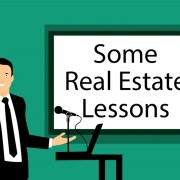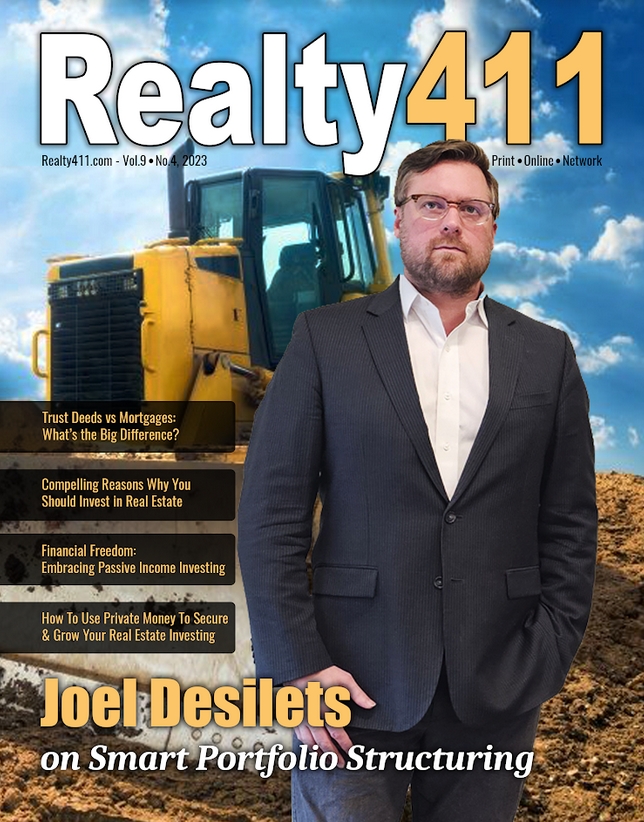Working With Motivated Sellers in the Spanish Speaking Market – Even if You Don’t Speak Spanish
By Kathy Kennebrook “The Marketing Magic Lady”
One of the things I discovered early on in my business as a real estate investor is that there are many ways to reach all kinds of motivated sellers. The main technique I like to use to reach specific sellers in my market is by using a targeted approach, which for me is direct mail. We do add to the mix other types of marketing tools including business cards, signage, bus benches, ads, bird dogs and flyers to name a few.
I also discovered that there is another segment of the market in addition to English speaking sellers with folks who have homes they need to sell for all kinds of reasons. The market segment I am referring to is the Spanish speaking seller.
The obstacle I ran into was that many of these folks don’t speak any English and I don’t speak any Spanish. So I needed to develop a system to market to these folks effectively since they have the same problems every other seller has.
Many of my students were also contacting me to find out how they too could use direct mail and other types of marketing techniques to reach the Spanish speaking sellers in their areas. They are finding, as am I that these folks have homes they need to sell for a variety of reasons and no one is tapping into this market. Part of the reason for that is the difficulty caused by not speaking the language and not being able to be understood. I found the way to solve that problem for these sellers and for myself as the investor.

I had all of my marketing pieces including my direct mail campaigns for finding motivated sellers translated into Spanish. It was a huge undertaking but it was well worth the effort. The first thing I had to do was to address all of the dialect differences in the Spanish language.
I then sent these letters to the specific market areas where I wanted to buy houses. I sent them out written in English on one side and Spanish on the other. I also had all of my other marketing tools translated into Spanish as well such as signage, ads, lumpy mail pieces, business cards, and flyers which were also causing an influx of leads into our pipeline. Not only that, I even had my tenant referral program materials translated to Spanish since we have a lot of Spanish speaking tenants.
One of the things I discovered very quickly was that while I was getting a lot of response from the Spanish speaking market, I was unable to process the deals due to the language barrier. I solved this problem in two different ways. The first was to send the calls to a 24 hour recorded message which I had recorded in Spanish. I used a professional translator to do this for me so that the grammar, the dialect and the language are correct.

The second way I solved this dilemma was to use a Spanish answering service to take the calls and translate the responses into English so I could read them. We provided the telephone scripts for them to use. I have them both in English and in Spanish so I can provide these to the answering service in whatever format they want it.
You can do the same thing. You can take your own telephone script, give it a bi-lingual answering service, have them ask the questions in Spanish and then translate the responses for you in English so you can read them. This gives the seller two different ways to contact us, depending on what was the most convenient and comfortable for them. I also provide these potential sellers with a response mechanism at the bottom of the letter I use so they can mail, e-mail or fax their responses to us as well. The more ways you give a seller to contact you, the more of them are going to.
I then use an interpreter who meets with me and the seller so I can put the deals together. We meet at a location that works for all involved. The interpreters are very reasonable in their fees for their services and they are easy to locate. I found one in the yellow pages listed under “interpreters”. Do try to find someone who specializes in real estate. This makes the whole process a lot easier. By putting a system in place to deal with this market, we were able to do a lot of deals, make money and solve these seller’s problems.

The other method you can employ is to use a Spanish speaking Realtor to help you with your deals and act as an interpreter, and then pay them a fee for doing this for you. If you already have a Realtor on your team performing a variety of services for you, this shouldn’t be difficult to do. I would suggest paying the Realtor a fee separate from their Realtor commission. This is just another way to find a reliable person to act as an interpreter for you when you need to structure these deals.
If you are using hard money or private money to fund your deals, or you are getting the deed, you will be closing these properties with a title agent or real estate attorney. Almost every title agency in the country is bi-lingual. If yours isn’t find one that is. This is a very profitable part of the market that none of your competitors are going after because they simply don’t know how.
Once you get past the language barrier, there are lots of great deals to be made within this marketplace and with these sellers. Remember, these sellers have the same problems everyone else does when it comes to needing to sell a property. You can set up a system in your business that will bring you many deals from the Spanish speaking market.

In my system, Marketing Magic-Spanish Upgrade, I have all of my marketing pieces, both in English and in Spanish for you on CD Rom and I show you exactly how to set up an automated system to reach this marketplace and process these deals. I have basically done all the work for you so all you have to do is get busy and find some properties to purchase with no competition from anyone else.
Be sure and check out my website at www.marketingmagiclady.com for more information on how to find all the Spanish speaking sellers you need for your real estate investing business. While you are there be sure and sign up for my free monthly newsletter and receive an additional $149.00 in FREE marketing tools for your real estate investing business.

Kathy Kennebrook
Kathy Kennebrook is the ultimate success story. She spent over 20 years in the banking industry before discovering the world of real estate. After attending some real estate seminars this 4 foot 11 mother of two got really excited and before you know it she’d bought and sold hundreds of properties using none of her own money or credit.
Kathy holds a degree in finance and has co-authored the books- The Venus Approach to Real Estate Investing, Walking With the Wise Real Estate Investor, and Walking With the Wise Entrepreneur which also includes real estate experts Suze Orman, Robert Kiyosaki, and Dr. Wayne Dyer.
She is the nation’s leading expert at finding highly qualified, motivated sellers, buyers and lenders using many types of direct mail marketing. She is known throughout the United States and Canada as the Marketing Magic Lady. She has put together a simple step-by-step system that anyone can follow to duplicate her success.
Kathy has been speaking throughout the country and across Canada for over 14 years and has shared the stage with Ron LeGrand, Dr. Phil, Dan Kennedy, Mark Victor Hansen, Ted Thomas and Suze Orman to name a few.
Kathy is going to share with you how she generates a seven figure income by mailing a handful of letters throughout the year to highly selected targets by knowing exactly what to send them, who to send them to and exactly how to deliver her message. She will teach you the secrets of pre-screening and automating your marketing and follow up systems to put your entire Real Estate business on auto-pilot.







































